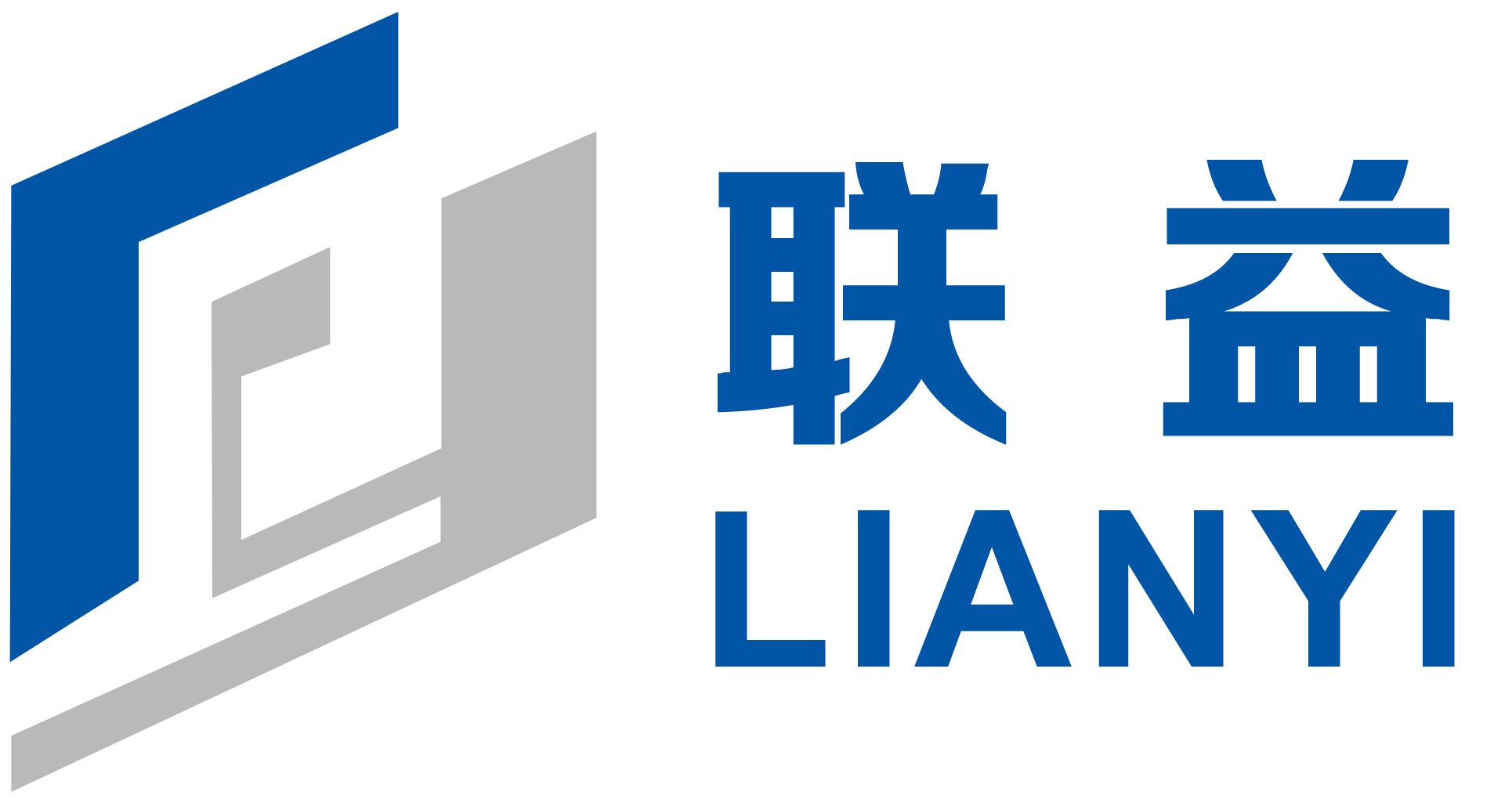Quality Control
Lianyi Machinery has established a full-process quality management system, covering every link from raw materials to finished products, ensuring that products meet the high standards of customers.
---
1. Quality Control System
- Layered Inspection: A three-level inspection system of "self-inspection-mutual inspection-special inspection" is implemented. After each process operator performs self-inspection, the next process personnel will conduct re-inspection, and finally, a quality department's specialized inspector will conduct the final inspection.
- Standardized Documents: Operations are performed according to the "Operation Instructions" and "Process Condition Table". Inspection standards clearly indicate parameters such as dimensional tolerances (e.g., ±0.1mm) and surface roughness (e.g., Ra≤1.6μm).
- Traceability Management: Through the association of raw materials, process parameters, and inspection data with the production batch number, full traceability of quality is achieved.
---
2. Quality Control at Each Stage
① Raw Material Inspection
- Spectroscopic Detection: Use a spectrometer to detect alloy composition (e.g., Cr/Ni content of 316L stainless steel) to ensure compliance with ASTM standards.
- Physical Property Testing: Spot check indicators such as material hardness (HBW) and tensile strength (≥520MPa).
② Process Inspection
- Wax Mold Inspection: Visually inspect the surface finish of the wax mold and measure key dimensions (e.g., gate diameter deviation ≤0.5mm).
- Casting Process Monitoring:
- X-ray Flaw Detection: Detect internal pores and cracks in castings (defect rate ≤0.3%).
- Initial Dimensional Inspection: Use calipers and projectors to compare the blank part with the drawing tolerances.
- Machining Inspection:
- Three-Coordinate Measuring Machine: Locate the datum plane and detect the accuracy of complex curved surfaces (error ≤0.05mm).
- Laser Scanning: Generate a 3D deviation color map and automatically determine the qualification (green area ≥95%).
③ Finished Product Final Inspection
- Appearance Inspection: Visual inspection + magnifying glass inspection for surface scratches and oxidation spots, conforming to AQL 1.0 standard.
- Performance Testing:
- Salt Spray Test (≥500 hours without rust).
- Dynamic Balance Test (unbalance amount of impeller parts ≤5g·mm).
- Pre-packaging Re-inspection: Verify product labels and batch numbers to prevent mixing.
---
3. Defective Product Management
- Classification and Handling:
- Reworkable items (e.g., slight dimensional deviations) are transferred to the post-processing workshop for grinding.
- Scrap items are marked "NG" and isolated, and regularly melted down and recycled.
- Root Cause Analysis: Quality engineers lead the 8D report, tracing the root cause of the problem (e.g., mold wear, parameter deviation), and formulating corrective measures.
---
4. Quality Data and Improvement
- Real-time Recording: Use "Production Daily Report" and "Delivery Inspection Report" to record inspection data and synchronize it to the ERP system.
- Customer Feedback Closed Loop: For customer complaints (e.g., coating peeling), analysis is initiated within 24 hours, and a remediation plan is provided within 48 hours.
- Continuous Optimization: Hold monthly quality meetings, statistically analyze the top 3 defect types, and optimize process parameters (e.g., adjust melting temperature ±10℃).
---
5. Testing Equipment and Technology
- Core Equipment:
- Spectrometer (composition detection)
- Three-coordinate measuring machine (dimensional accuracy)
- X-ray flaw detector (internal defects)
- Salt spray test chamber (corrosion resistance)
- Digital tools: 3D scanner, MES system data integration.

Picture display
undefined







